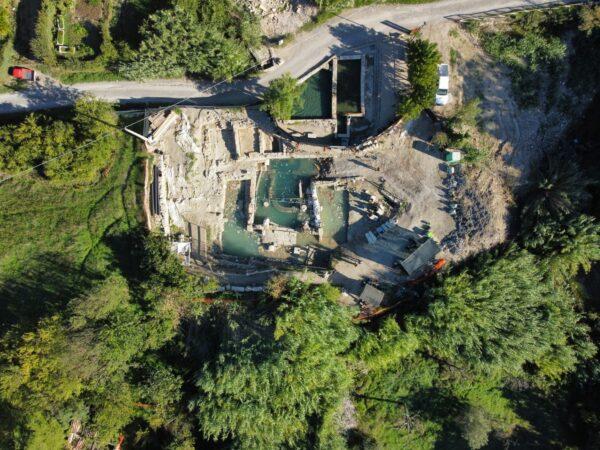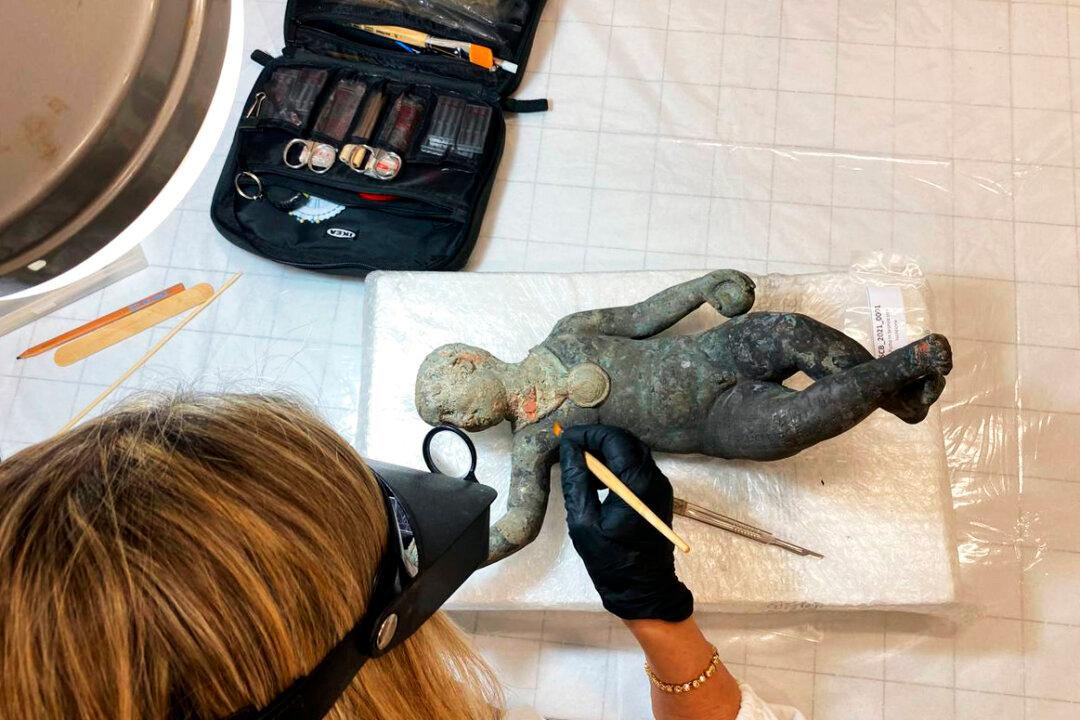For centuries in Italy, people seeking good health have traveled to the spa village of San Casciano dei Bagni, in Siena province, Tuscany, to bathe in its thermal waters. In ancient times, visitors to the hilltop village once venerated statues of gods and goddesses in the bath’s sanctuary before entrusting their woes to the sulfurous waters.

Since 2019, an international team of experts have been excavating the hilltop site of San Casciano dei Bagni, Siena province, in Tuscany, Italy. Ministry of Culture, Italy






